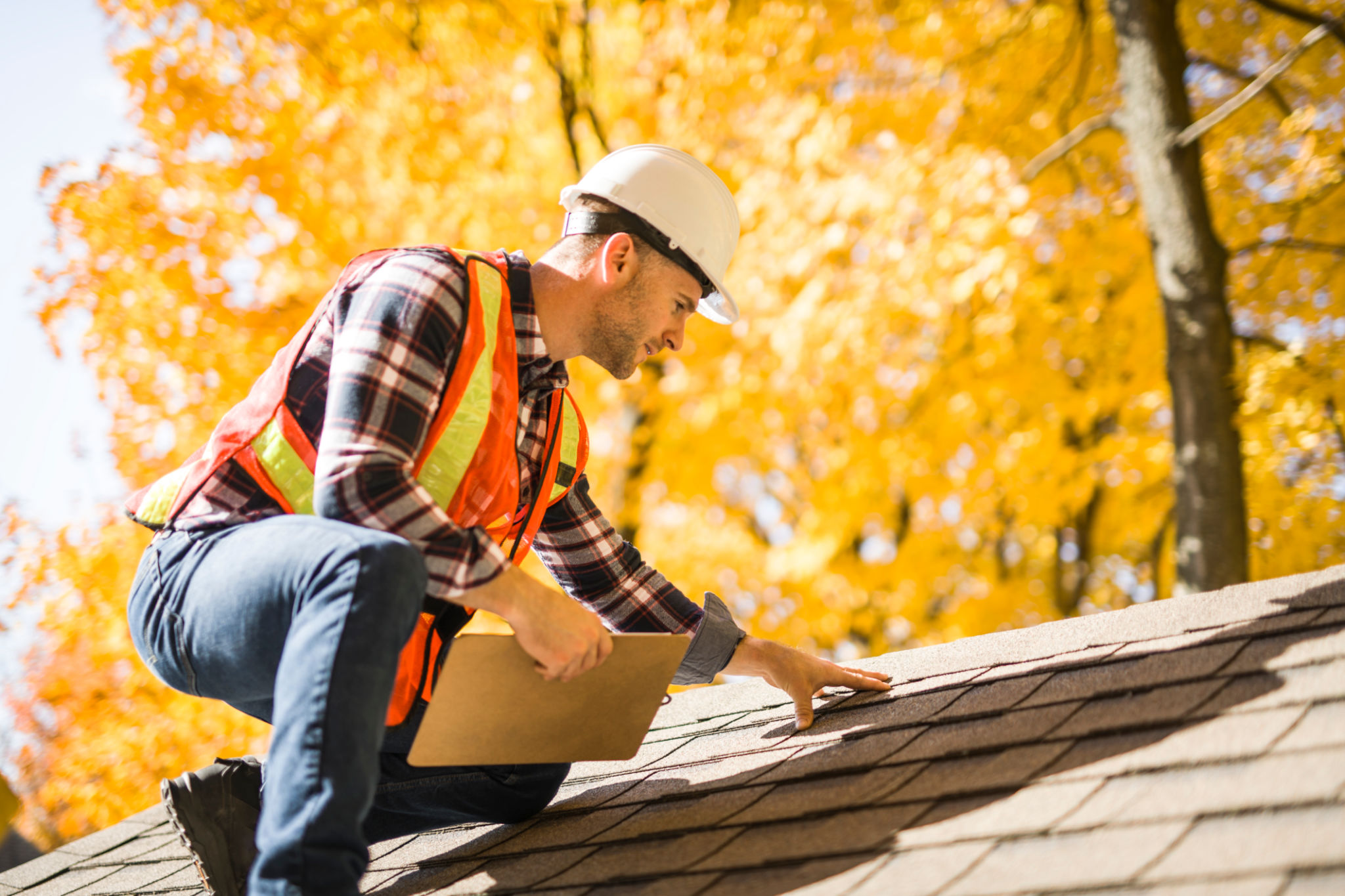DIY Roof Inspection Tips for Homeowners
Understanding the Importance of Roof Inspections
Your roof is a crucial component of your home, providing protection against the elements and maintaining structural integrity. Regular inspections can help identify potential issues before they become costly repairs. As a homeowner, conducting a DIY roof inspection can save you time and money, giving you peace of mind regarding your home's condition.

Preparing for Your Roof Inspection
Before you start your inspection, ensure you have the right tools and safety equipment. A sturdy ladder, safety harness, and gloves are essential to protect yourself while working at heights. It's also a good idea to have a notebook or smartphone handy to document any findings.
Choose a clear day with minimal wind for your inspection. Wet or windy conditions can make the process dangerous. Additionally, make sure you have someone nearby to assist you if needed.
Inspecting the Roof's Exterior
Begin your inspection by examining the roof's exterior. Look for missing or damaged shingles, which can lead to leaks. Pay attention to any areas that appear discolored, as this may indicate water damage or algae growth. Check for sagging sections, which could be a sign of structural issues.

Next, inspect the flashing around chimneys, vents, and skylights. Flashing should be secure and free from rust or damage. If you notice any gaps or deterioration, repairs may be necessary to prevent water intrusion.
Checking Gutters and Downspouts
Clogged gutters and downspouts can cause water to back up and damage your roof. Ensure that gutters are free from debris such as leaves and twigs. Use a hose to flush out any remaining dirt or blockage. Check that downspouts are securely attached and directing water away from your home's foundation.
Look for signs of rust or leaks in metal gutters, as these issues can worsen over time. If you find any problems, consider replacing damaged sections to maintain proper water flow.

Assessing the Roof's Interior
Don't forget to inspect the interior of your roof by heading into the attic. Look for signs of water damage, such as stains or mold on the rafters or insulation. Check for daylight shining through the roof boards, as this indicates holes or gaps that need sealing.
Ensure that your attic is well-ventilated. Proper ventilation helps prevent moisture buildup, which can lead to mold growth and structural damage over time.
When to Call a Professional
While DIY inspections can be effective for spotting minor issues, some situations require professional intervention. If you notice significant damage or structural concerns during your inspection, it's best to call a roofing expert. They have the expertise and equipment to safely assess and repair complex problems.
Regular roof inspections are an essential part of home maintenance. By following these tips, you can help protect your investment and ensure your home remains safe and secure for years to come.